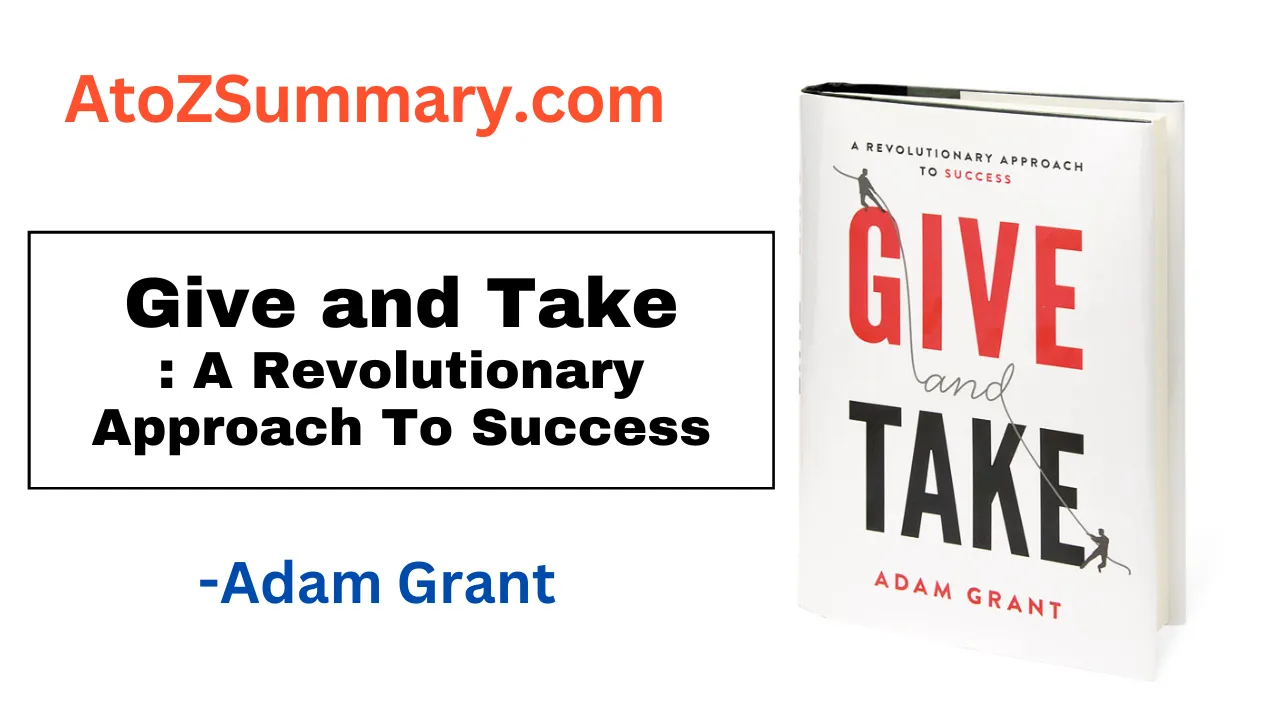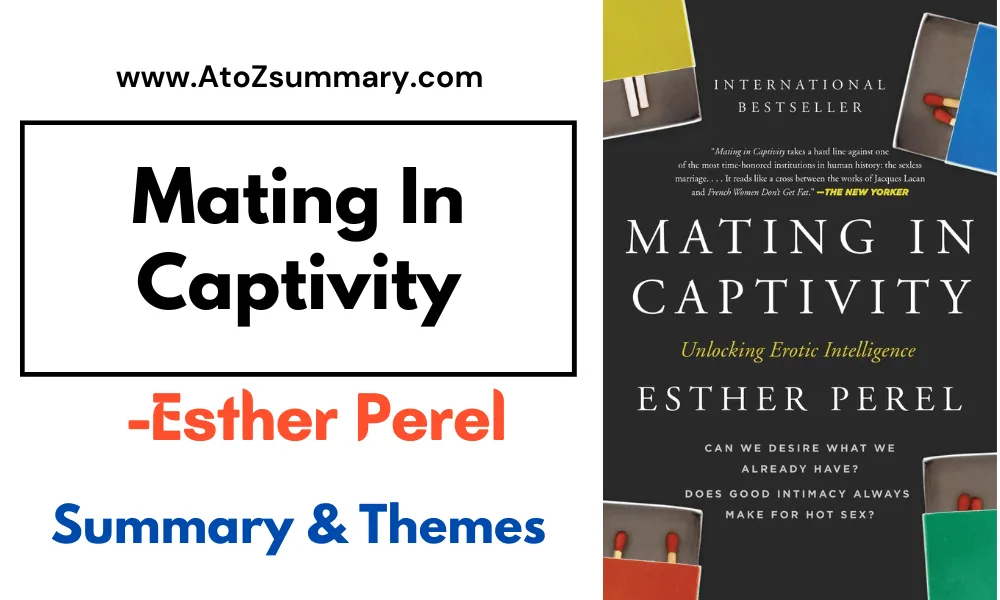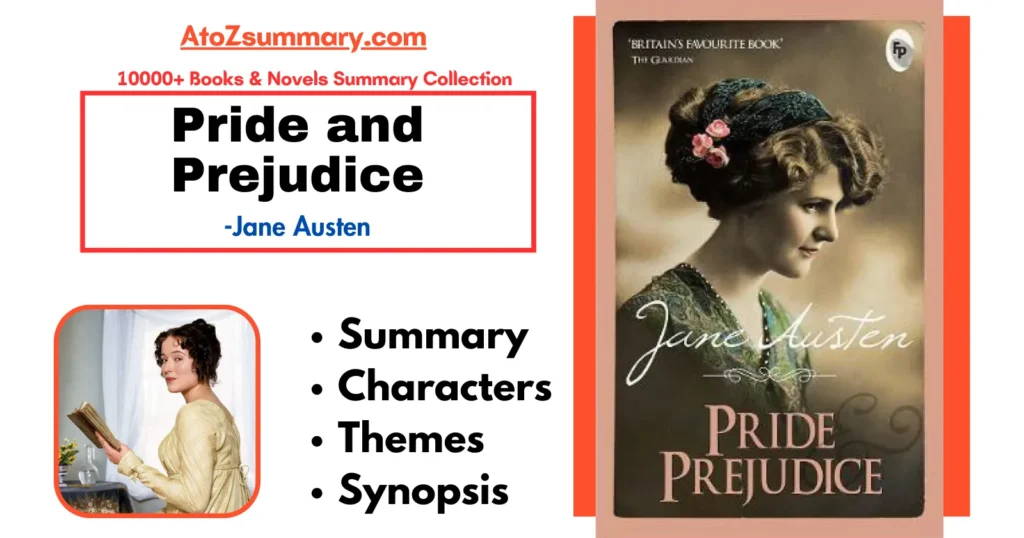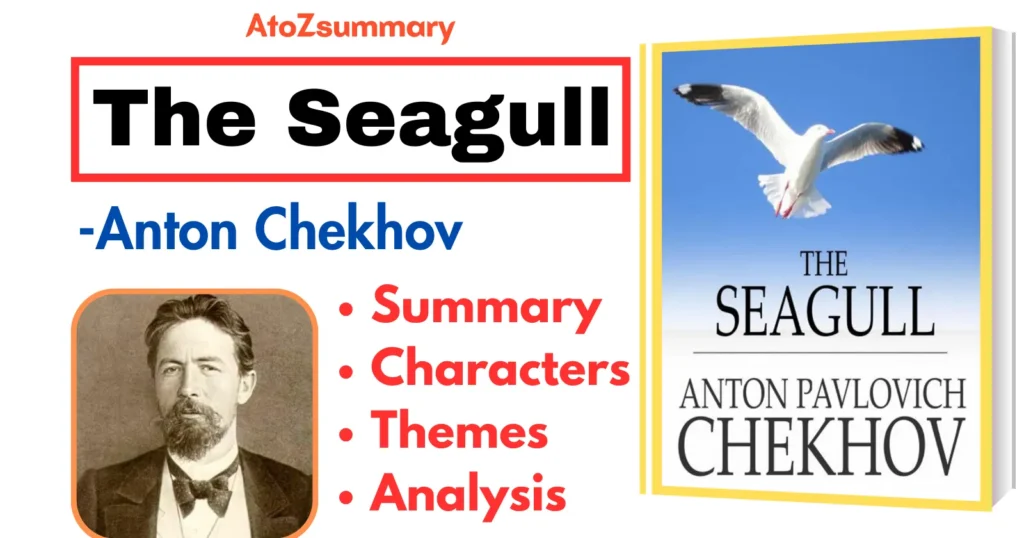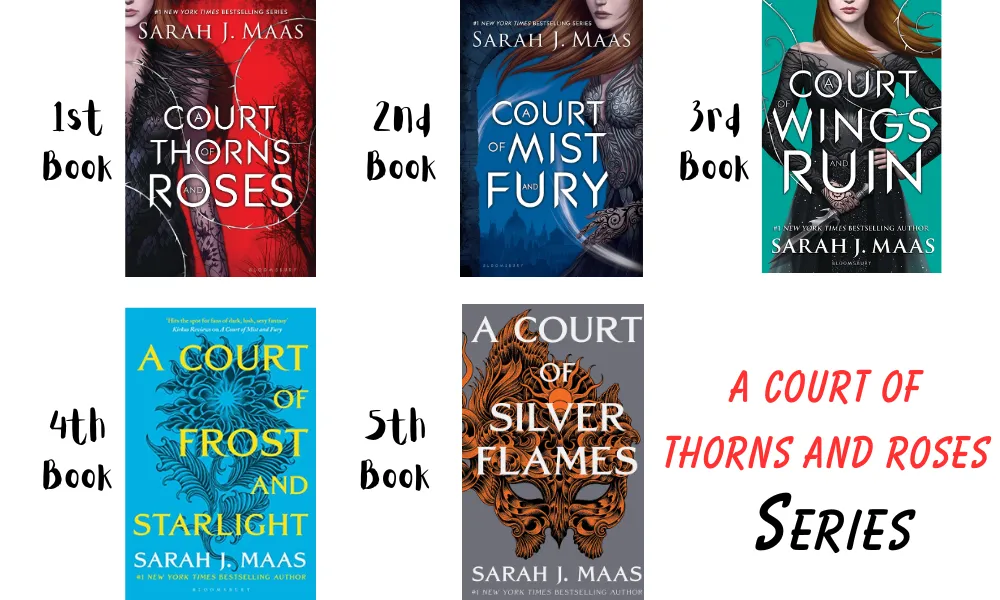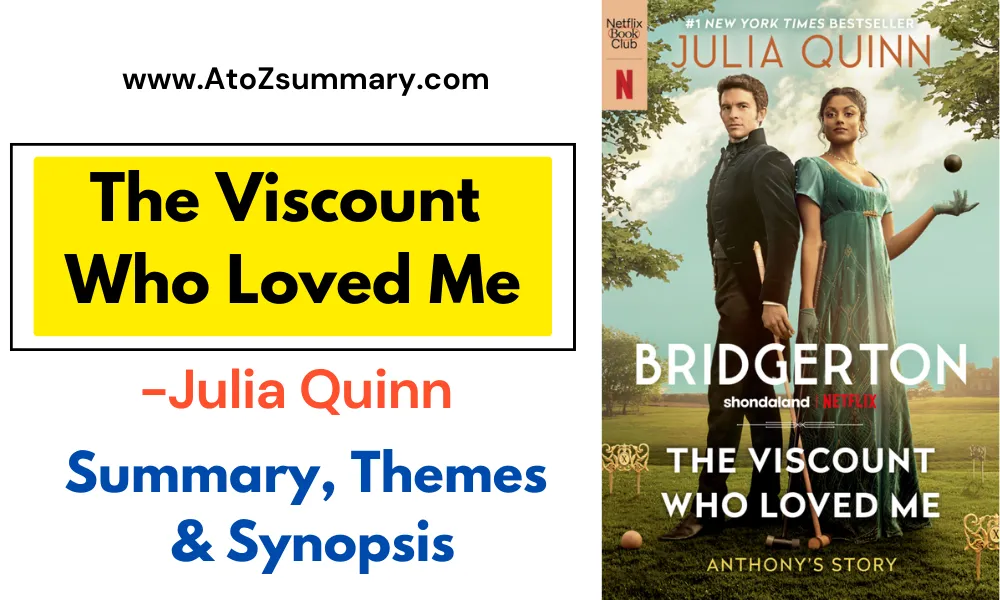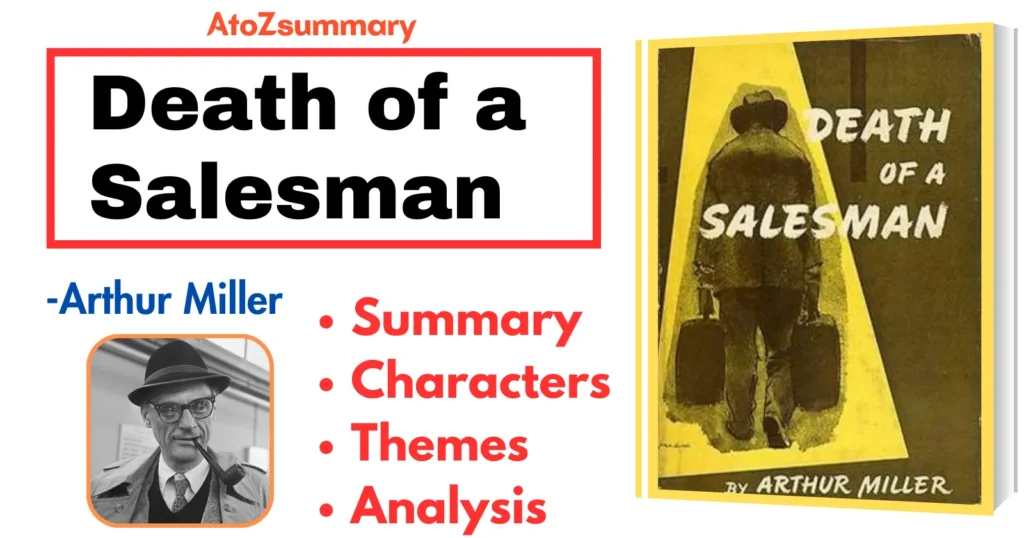“Give And Take- Why Helping Others Drives Our Success” is written by none other than Adam Grant. He’s an American psychologist and a “Nework Times” bestselling author, the “Originals” & “Options B,” which he co-wrote with his partner in crime, Sheryl Sandberg. And the premise of “Give and Take,” to succeed, we need to become givers.
| Title | Give and Take: A Revolutionary Approach To Success |
| Author | Adam Grant |
| Genre | Business, Psychology |
| Publication Date | April 9, 2013 |
| Publisher | Penguin Random House |
| Pages | 236 |
| Synopsis | “Give and Take” by Adam Grant explores the impact of reciprocity styles on success and relationships. Through research and examples, he argues that givers – those who prioritize helping others without expectation of return – can achieve both personal and professional success, while takers and matchers may ultimately limit their own potential. |
Themes
- The benefits of being a giver – According to Grant, people who regularly give more than they take succeed more in both their personal and professional lives. Giving strengthens bonds and networks because people are contributing their time, expertise, and resources.
- The dangers of being a taker – Someone who prioritizes their own desires over those of others. Takers may gain in the short term, but they typically hinder their success in the long term by sabotaging relationships.
- The importance of reciprocity – Grant emphasizes the importance of reciprocity and the requirement for a healthy balance between giving and taking. In the event that donors feel exploited, they may discontinue contributing in the future. Everyone benefits, though, when giving and receiving are balanced.
- The power of “matchers” – Matchers are those who strike a healthy balance between giving and receiving. They are ready to help others, but they also want help in return. In the process of forming effective, mutually beneficial relationships, matchmakers usually play a crucial role.
- Strategies for becoming a giver – Grant offers advice on how to be more helpful, including how to create stronger networks, set boundaries to minimize burnout and search for opportunities to help others.
- The impact of giving on organizational culture – Grant concludes by examining the impact of giving on company culture and how it may benefit firms. When leaders prioritize giving and collaborating highly, employees are more likely to be motivated, engaged and loyal.
We need to think bigger picture, longer term and develop that reputation for helping others so that in return we can get tenfold back. How do we get there? Well, these are my 5 big Ideas for “Give And Take”.
Idea number 1- Big picture focus
Let’s start off with idea number 1 big picture focus. Adam goes into detail for defining three groups, takers, matchers, and givers. This may be easier explained through pies. Mm, Pies. Takers, the view of pie as though that was the last pie on the planet. They’re all about, huh, how can I get as much of this pie as possible?
Whereas matchers, there are a lot more fair. They’re thinking, oh, this pie? Well, let’s divide it up equally. And you can have this one, I can have this one, she can have that one, and he can have his.
It’s more of a tit-for-tat, let’s make it fair for everybody. Now givers, on the other hand, look at that same pie, and they’re like, huh, let’s see the bigger picture here. How do we grow and make this pie even bigger? How can we have everyone get a bigger slice? Yeah, yeah.
Adam says that we belong in different groups in different situations. But ultimately, we do align more with one than the other. And a majority of us are actually matchers. But he wants us to think more bigger picture, more longer-term, longer-run. Because if we think this way, we can solve problems a lot more creatively.
Like the pie, we start thinking about how do we grow this pie? How do we add more filling? How do we get a more crusty crust? And because we’re thinking about the bigger picture, scarcity is not really an issue. We’re not anxious about getting our fair share because we’re focusing on developing and growing the opportunity for all of us.
Idea number 2- Spotting takers
I know, I know, I know, I know, you want to be a giver. But there’s so many takers out there just leeching off your energy, or your resources, or anything that you have. Adam has some really good tips on spotting those takers.
Let’s look at a real-life example. Kenneth Lay he’s the former CEO of Enron. Yep, that energy company who was baking the books and is a classic example of fraud and corruption.
Kenneth always made sure that he was taken care of number one, well number one, himself, while putting thousands of people’s jobs at risk. If you look at how smug he is in the 1997 annual report. What a dirtbag.
Now let’s compare him to someone like Jon Huntsman Sr. His charity has no limits. He’s actually given in excess of 1.5 billion in areas of cancer research. If you take a look at their annual report, Yeah, sure, he’s right there. Yeah, there’s a page with him, but if you look at his picture. It’s a pinhole compared to dirtbag lay’s.
That’s how you spot a taker. They have the me, myself, and I mentality. And the way they communicate with others is definitely more self centric. Just listen to the way they talk or even pop onto their social media profiles.
Idea number 3- Ask for advice
How often do you do that? Or do you go straight to the internet box, ask grandpa Google and wait for your answer? Don’t be a knucklehead. Don’t give up on the opportunity to solve something creatively and also have a powerful way in becoming a giver.
By pumping someone else’s tires up, you’re Subtly telling them that their opinion is held in high regard and you wanna develop that deep relationship with them. And when you do this, you’re opening up the opportunity to return the favor and give back to them.
So when you lower down your guards, they’re gonna do the same. You’re gonna give, and then they’re gonna give. They’re gonna give and you’re gonna give. And it’s just this constant giving, yeah. The caveat, you just have to be genuine about it. You have to really care about their opinion in order for this to work or they can smell it and it’s gonna backfire.
Idea number 4- Chunking charity
Unless you’re the Grinch who stole Christmas, you’ve probably given enough that you got these warm and fuzzies. Heck, even the Grinch changed his ways and thus had a little thing going on here.
Adam found a study where individuals were tasked to perform five acts of kindness over the course of a few weeks. These individuals were divided into two groups.
One of the groups essentially did it piecemeal. Sporadically throughout the week, they spread it all out. The other group was tasked with chunking their charity and having it go all at once.
There’s a theory that suggests that the sprinkling of the charitable giving wasn’t as felt when it was sporadic. But visibly when you do it all at once, it kinda like kicks the happy alarm.
Now as a guy who loves efficiency, this totally makes sense. You don’t switch between tasks. You’re focused on just giving the charity. And when you see five people in a day versus one person a day smiling because of what you’ve done, yeah, it’s gonna give me more warm and fuzzies.
Idea number 5- Five minute favour
So you want to be charitable, you wanna be giving. If anyone asks you for a favor and it takes less than five minutes, do it. The key takeaway here from Adam is how do you optimize the five minute favor to grow the pie?
Making introductions and networking is the best example of growing that pie, of unleashing opportunities for everybody. If you’re doing a 5 minute favor, think how you can still grow that pie.
And now time for a recap.
Tip number 1- Big picture focus.
Tip number 2- Spot takers.
Tip number 3- Ask for advice.
Tip number 4- Chunking charity.
And then Tip number 5- Five minute favor.
And those were the 5 tips from give and take by Adam grant.
About the Author-Adam Grant
| Full Name | Adam M. Grant |
| Birth date | February 13, 1981 |
| Nationality | American |
| Occupation | Psychologist, Author, Teacher |
| Alma Mater | Harvard University (BA, PhD) |
| Known for | Original research on work and psychology, bestselling books “Give and Take“, “Originals” and “Option B“ |
| @AdamMGrant |
FAQs
What is “Give and Take” about?
“Give and Take” explores the benefits of having a giving mindset and how it could aid success in both life and business. The three distinct personality types Givers, Takers and Matchers are discussed in the book along with an examination of their relationships.
What are two key difference between givers and takers as described in the book Give & Take?
Givers tend to help others without expecting anything in return and create win-win situations, while takers prioritize their own interests and may exploit others to achieve their goals.
Who should read “Give and Take”?
Adam Grant’s book “Give and Take” is a must-read for anybody hoping to fortify their professional relationships and experience long-term success via the power of generosity and collaboration.
Is it better to be a giver or a taker?
Being a giver leads to greater happiness and fulfillment in life, whereas being a taker may bring temporary satisfaction but ultimately leads to negative consequences and unhappiness.
Can “Give and Take” help me in my personal life?
Yes, “Give and Take” can help you in your personal life by teaching you about the benefits of generosity, reciprocity and collaboration in building meaningful relationships and achieving success.

